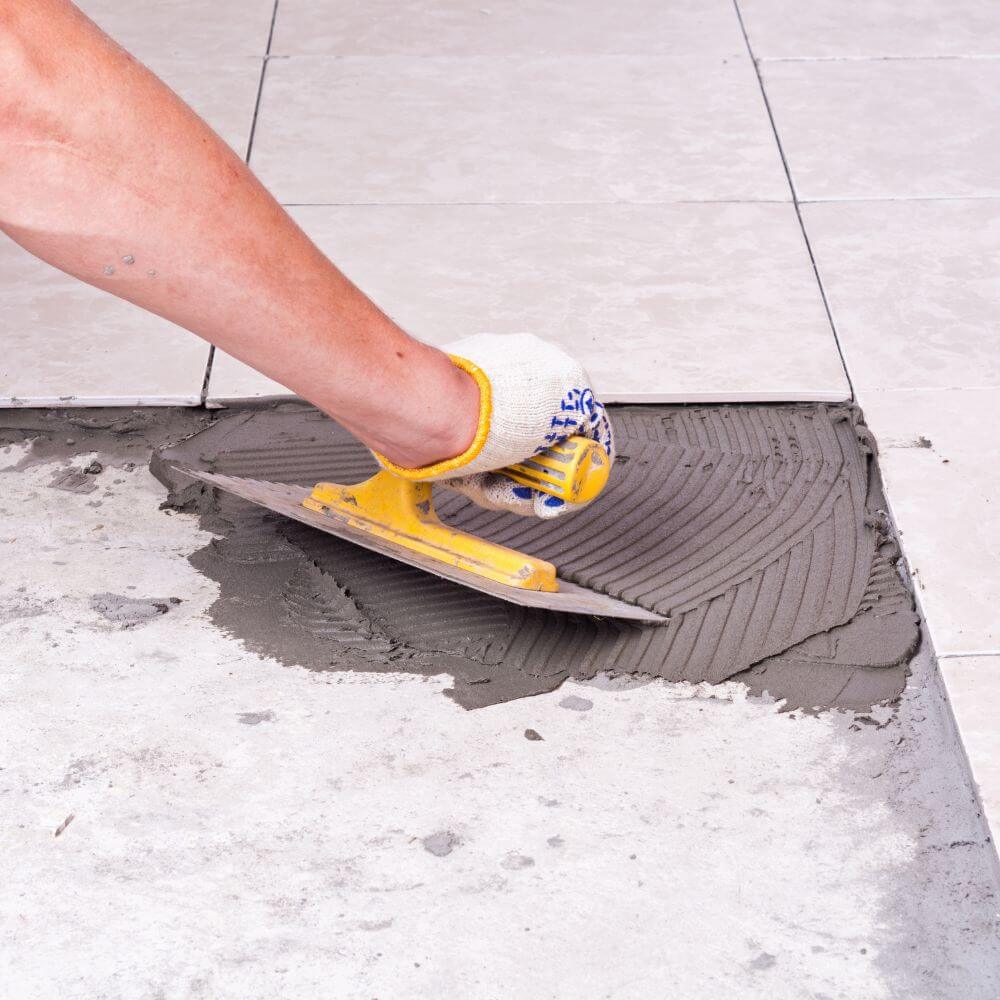When Should You Use Concrete Crack Filler Epoxies?

If you’re looking for a fast, cost-effective way to fill cracks and holes in concrete, the epoxy crack filler is the answer. Most cracks only need to be filled while you wait for them to dry or cure. Epoxy crack fillers are specialty products that require special handling and storage conditions.
What is epoxy crack filler?
Concrete crack fillers are epoxies mixed with a binding agent such as polyester or hardener. These fillers are meant to be mixed with expanding crack fillers and then applied to the crack with a paintbrush. After the crack filler dries, the polyester or hardener breaks down, leaving the filler in the crack. The filler works best when applied to the crack and then allowed to dry before being filled with expanding crack filler.
How to use epoxy for concrete crack repair
- First, clean the surface of any dust or debris with a damp rag. Then, mix the epoxy crack filler with a suitable binding agent at a 1:1 ratio. Your epoxy may come premixed, or you may need to add more binding agents.
- In either case, it’s best to test any new mix on a small, inconspicuous area to ensure that it doesn’t have too much or too little bonding agent.
- Next, brush some epoxy filler onto the crack or hole using a dry roller or a small paintbrush.
- Let the filler dry for about 15 minutes, then brush it with more epoxy.
- Wait another 15 minutes, then brush it with more epoxy again.
- Continue this process until enough filler is on the surface to form a thin layer.
- Then, apply to expand crack filler to the filler layer. Expanding crack filler is a putty used to fill cracks and holes in concrete. It expands when exposed to moisture in the air and hardens, sealing the crack.
When Should You Use Epoxy Crack Filler?
Cracks and holes in concrete need to dry or cure before they can be filled. If you cover them with sealant or water-resistant materials that prevent them from drying out, they’ll stay that way indefinitely. If you have a small crack in a sidewalk, you can walk on it as soon as it’s repaired. If you have a large crack in a driveway, you should wait until it’s completely dry before walking on it.
Pros of epoxy crack filler
- Easy to prepare and use
- You can prepare epoxy crack filler in advance and store it in a cool place. Then, when you need to fill a crack in concrete with epoxy, you can use it quickly and easily.
- No mixing is required
- Many materials used to fill cracks in concrete require mixing with a certain amount of sand. This can be time-consuming and difficult, especially if you’re in a hurry.
- Less mess – Most epoxy crack fillers are water-based, so you don’t have to clean up as much mess. That’s especially important if your repair job is in a public area or a place where people will walk on the repaired concrete.
- Cost savings – Depending on the size of your crack, you may find that a single batch of epoxy crack filler will last for multiple repairs or fill multiple cracks in concrete. That’s because you can reuse the epoxy crack filler many times.
Cons of epoxy crack filler
- Expensive – Some epoxy crack fillers cost a lot per gallon, which may seem expensive compared to other types of sealants. This may make some homeowners hesitant to try them.
- Special handling and storage conditions – Most epoxy crack fillers need special handling to prevent contamination, which can be challenging to do quickly in an emergency. Some also need special storage conditions to avoid contamination.
Concrete crack repair can be done safely with epoxy crack fillers. These are easy to use. That makes them an ideal choice for homeowners and commercial businesses who need to repair cracks in a hurry. You can use an epoxy crack filler to fill small holes in concrete or cracks in larger areas.
Call us at 631-298-6300 to learn more.


Capital Industries, Inc. is a leading supplier of commercial and industrial concrete repair products. For over 30 years, we have proudly serviced contractors, factories, warehouses and distribution centers for industrial, institutional and commercial customers. We carry a full range of concrete repair materials, including those specifically designed for low temperature areas such as freezers and coolers. Our floor repair products are rapid hardening, allowing you to reopen repaired areas with minimal downtime. All of our products are designed to be used by in-house maintenance personnel and come with an ironclad 100% guarantee of satisfaction.

